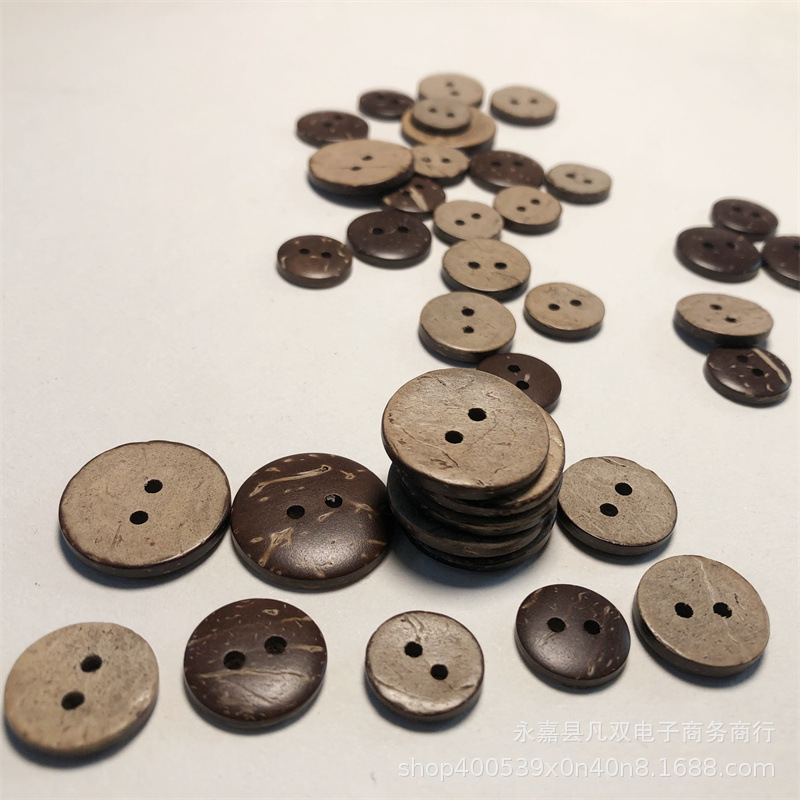Availability: In Stock
Ex Tax: $30.00
Angular contact ball bearings mainly bear large unidirectional axial loads, and the larger the contact angle, the greater the load bearing capacity. The material of the cage can be steel plate, brass or engineering plastic, and the molding method can be stamping or turning, depending on the bearing form or usage conditions. Other types include combination angular contact ball bearings, double row angular contact ball bearings, and four point contact ball bearings.
Angular contact ball bearings can withstand both radial and axial loads simultaneously. Can work at higher speeds. The larger the contact angle, the higher the axial load-bearing capacity. High precision and high-speed bearings typically have a contact angle of 15 degrees. Under the action of axial force, the contact angle will increase. Single row angular contact ball bearings can only withstand axial loads in one direction, and when subjected to radial loads, it will cause additional axial forces. And it can only limit the axial displacement of the shaft or housing in one direction. If installed in pairs, make the outer rings of a pair of bearings face each other, that is, the wide end faces the wide end faces, and the narrow end faces the narrow end faces. This can avoid causing additional axial forces and limit the shaft or housing within the axial clearance range in both directions.
Angular contact ball bearings can withstand both radial and axial loads simultaneously due to the relative displacement of their inner and outer raceway on the horizontal axis - combined loads (single row angular contact ball bearings can only withstand unidirectional axial loads, so they are generally installed in pairs). The materials of the cage include brass, synthetic resin, etc., which are distinguished according to the bearing form and usage conditions.






























